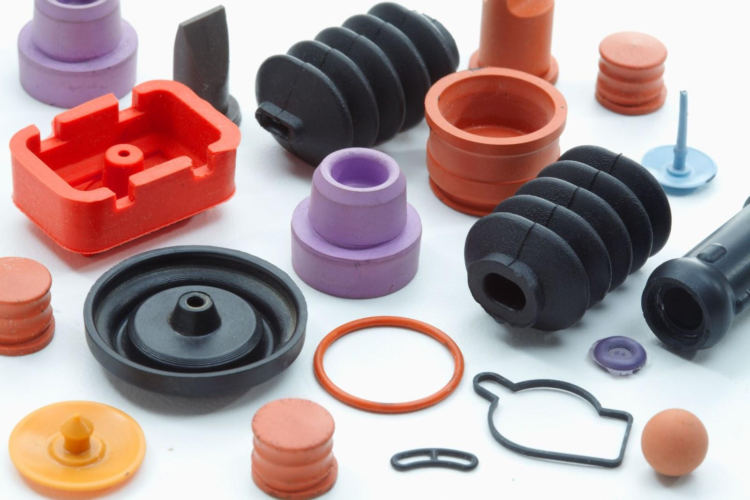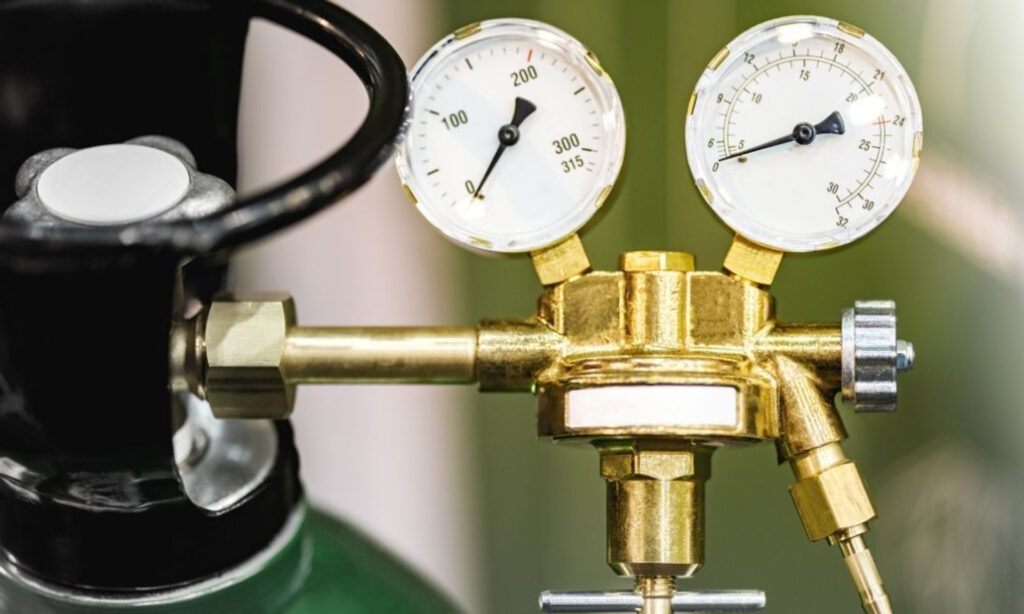Rubber moulding has become an integral part of the industry due to its flexibility and affordability. As compared to other materials, moulded rubber parts offer more extensive design possibilities. This is where the silicone mould release agent comes into the picture. A silicone mould release agent is a type of liquid release agent that is applied to the surface of a mould to prevent the moulded product from sticking to the mould’s surface during the moulding process. Its strong, elastic material with a thermoset makes it ideal for producing moulded items that can resist electric, chemical, and thermal obstacles. Additionally, silicone mould release agents can withstand sterilisation and high temperatures, making it a preferred choice for creating seals, cables, and valves that come in contact with the skin. For those looking to design a family of softer polymers, biocompatible rubber moulding requires specific tips and best practices. Let’s understand a bit more about rubber moulding.
Understanding Rubber moulding: Types & Factors
Rubber moulding, also known as silicone mould release age, has been used to shape rubber since the mid-1960s. Unlike plastics, moulding rubber requires high pressure and more heat. However, variations have been developed over time to improve the injection moulding of rubber products. Rubber moulding is a reliable and cost-effective way to manufacture high-quality rubber compounds. With the help of higher automation and strict flash control, rubber moulding has become a highly precise process that yields quicker rubber items.
What is Rubber moulding?
Rubber moulding involves reshaping uncured rubber or elastomer into a usable product through heating and vulcanization in a metal cavity. The process includes injecting the polymers that cross-link with each other. The result is a high-precision product that can be manufactured at a competitive price.
Different Types of Rubber moulding
Rubber moulding processes can be broadly classified into three types:
- Rubber Injection moulding
This is a process where a rubber heating compound is injected into a closed mould under high pressure. Various materials like silicone, nitrile, neoprene, and EPDM can be used, enabling manufacturers to produce a wide range of moulded rubber products.
- Compression Moulding
Compression moulding is a simpler process that involves moulding rubber into the shape of a metal tool through the combination of heat and pressure. The vulcanization or curing process occurs before the removal of the final part and cooling.
- Transfer Moulding
Transfer moulding is similar to rubber injection moulding in which the rubber moves into the cavity immediately after securing the mould.
Factors to Consider When Choosing a Rubber moulding Method
When choosing a rubber moulding method, several factors should be taken into consideration. For compounds with medium hardness, rubber compression moulding is a suitable method. This process is useful in bulk production or for applications that require expensive materials. Rubber transfer moulding is best suited for solid rubber parts, insert rubber parts, and parts that require bonding rubber to metal.
Rubber injection moulding is the preferred method for the production of construction materials like seals, tubing, and other automotive transmission valves from uncured rubber products. Depending on the requirement of the end product, the appropriate method should be selected to ensure the best results.
Tips for Designing Rubber Moulded Parts
When it comes to designing rubber moulded parts, it is crucial to consider various factors to ensure top-notch performance and longevity. Using low-cost standard parts may seem like a cost-saving measure, but it can lead to higher expenses in the long run. Therefore, engineers should always strive to design parts that exceed the standard requirements.
- Design for Manufacturability
Designing rubber moulded parts for manufacturability involves absorbing vibrational energy and serving as a mechanism for fluid to pass through while providing structural support. The ideal properties of rubber parts include the ability to withstand high temperatures without losing their physical properties like elasticity.
- Consider Material Properties
Selecting the right materials for rubber moulded parts is crucial for their longevity and cost-effectiveness. Ideal material properties include resistance to UV light and sunlight-induced decomposition, resistance to ozone contamination, and body-contact friendly. The elastomer’s common hardness range should be between 50-80 shore to achieve the desired results.
- Keep it Simple
The thickness of the rubber wall plays a vital role in the design aspect of rubber mould release age. The wall thickness should be simple and easy for the liquid flow to sustain pressure, and the perfect thickness should be maintained.
- Test and Iterate
Before finalising the design, testing the rubber material’s tensile properties, static and dynamic behaviour, and viscoelasticity and crystallisation at low temperatures is essential. These tests help to ensure that the selected materials meet the desired requirements.
- Involve the Moulding Supplier in the Design Process
Designing moulded rubber parts can be a complex task, and involving the moulding supplier can help in achieving the perfect design. Many consumers may lack experience dealing with moulded rubbers, making the supplier’s input invaluable in achieving the desired result.
Best Practises for Rubber moulding Design
When it comes to designing rubber moulds, it is essential to consider factors such as the size of the mould, the exposure to daylight, and the mechanical parts of the mould. These elements will help prevent the rubber from being crushed and ensure that it fits the selected press machine.
- Follow Industry Standards and Guidelines
To create high-quality and well-designed rubber products, it is crucial to adhere to the industry’s guidelines and standards. Symmetry, avoidance of overhangs and undercuts, and the elimination of sharp corners are all essential features to keep in mind. Additionally, critical features should not be separated across multiple moulds.
- Consider the End Use of the Product
When designing rubber moulds, it is crucial to consider the end-use of the product. This type of design is useful for creating electronic housings, outdoor furniture, agricultural products, toys, and machinery components.
- Optimise for Production Frequency
Optimising parts of rubber moulded products can include determining the perfect position of the rubber mould for optimal user-friendliness and to attract new users. Compounding and vulcanizing methods are necessary for determining the shape of the moulded rubber. Recording scrap part details and analysing machine part experiences can also help improve the malfunctioning of the feed system and recycle scraps into different products.
- Minimise Waste and Scrap
Minimising waste and scrap involves proper use of mould releasing agents, reducing bulk rubber parts, and using industry-level mould cleaners to ensure adequate bonding of the reagent for proper product release. Recycling scrap parts can also help minimise waste and produce new rubber moulded products.
- Document and Track Design Changes
Documentation and tracking of design changes are vital in reducing scrap parts and optimising production frequency while recycling rubber moulds.
In conclusion, designing for rubber moulding is a complex process that requires careful consideration of various factors. However, by following the best practices and tips for rubber moulding design, such as using silicone mould release agents and rubber mould release agents, you can create a top-notch design that meets your requirements and expectations. With the proper investment in quality outsourcing, you can achieve high-quality rubber moulds that minimise waste and maximise efficiency. Proper use of mould release agents can also improve the longevity of the mould and reduce the likelihood of defects in the final product.

